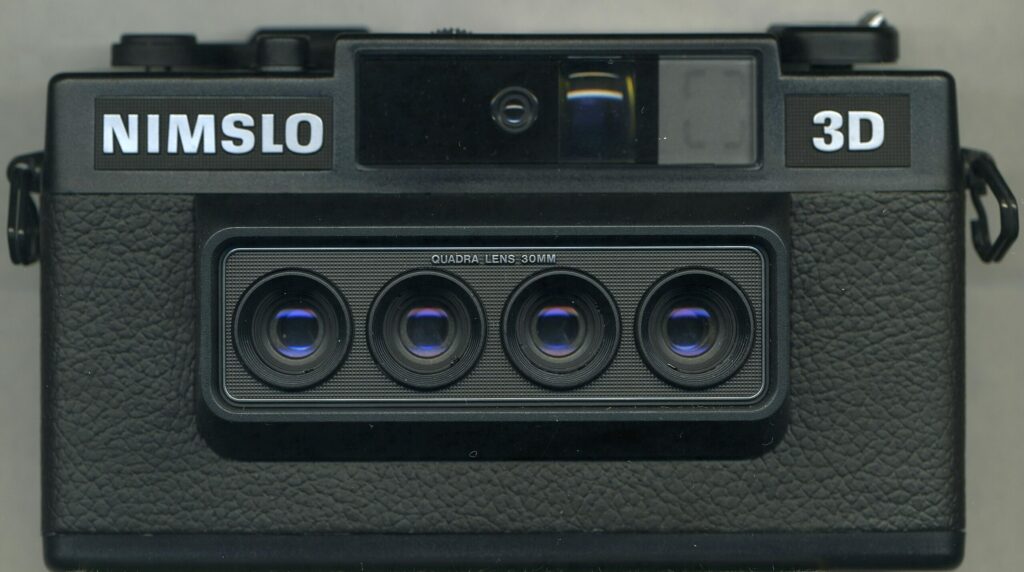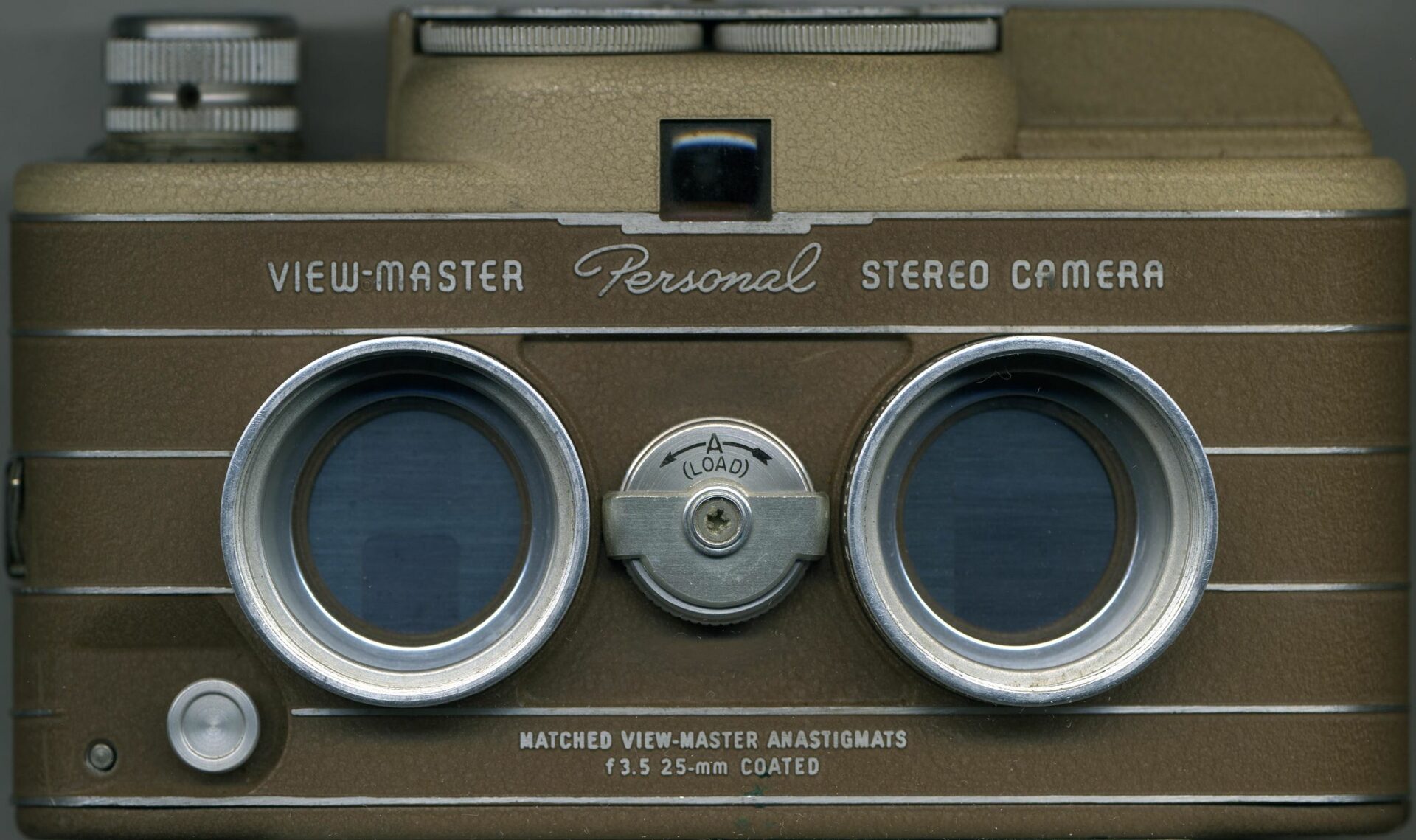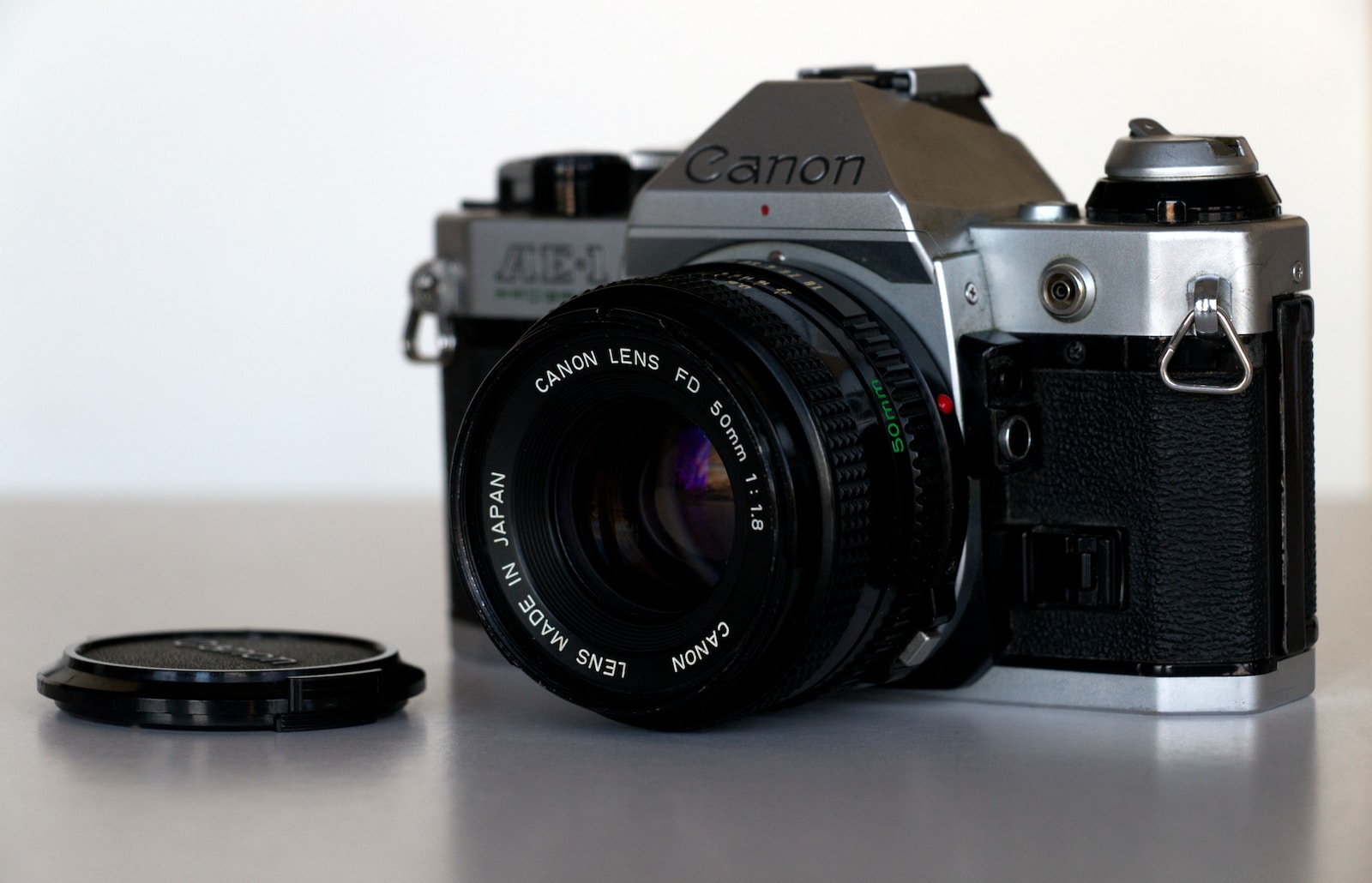Welcome to our comprehensive guide on selecting the perfect stereo film camera for your needs! Whether you’re a seasoned photographer or a beginner looking to explore the world of stereo photography, this blog is here to help you make an informed decision. With our camera buying guide and selection tips, you’ll be equipped with the knowledge to find a camera that suits your preferences and requirements. So, let’s dive in and embark on a journey to discover the world of stereo cameras!
Table of Contents
- Understanding Stereo Film Cameras
- Selection Tips for Buying a Stereo Film Camera
- Frequently Asked Questions
- 1. What should I consider when buying a stereo film camera?
- 2. Are stereo film cameras better than digital cameras?
- 3. What are some popular stereo film camera options?
- 4. Can I use a stereo film camera for regular photography?
- 5. How do I choose the right stereo film camera for my needs?
- 6. Where can I find reliable reviews for stereo film cameras?
- 7. Can I use vintage stereo film cameras?
- Wrap Up
Understanding Stereo Film Cameras
Before we delve into the selection process, let’s first understand what a stereo film camera truly is. A stereo camera, also known as a 3D camera, captures two slightly offset images simultaneously, imitating the way our eyes see the world. These images, when viewed together using a special viewer or device, create a sense of depth and immersion. Stereo film cameras provide a unique and captivating way to capture moments, making them a popular choice among photography enthusiasts.
The Benefits of Stereo Film Photography
Stereo film photography offers a range of advantages that make it a compelling choice for many photographers. Firstly, it adds a new dimension to your photographs, allowing viewers to experience a sense of depth and perspective. This creates a more immersive and engaging viewing experience. Additionally, stereo film cameras often come with manual controls and precise focus adjustments, providing photographers with more creative control over their shots. Finally, film photography itself has a charm and aesthetic appeal that is difficult to replicate digitally, adding a unique touch to your images.
Consider Your Photography Preferences
Before diving into the world of stereo film cameras, it’s important to consider your own photography preferences and shooting style. Different cameras cater to different needs, so identifying your priorities will help you narrow down your options. Are you primarily interested in landscape photography, portraiture, or maybe both? Do you prefer manual controls or would you like a camera that automates some processes? Answering these questions will guide you towards cameras that align with your interests.
Research and Compare Camera Options
Now that you have a clear understanding of your preferences, it’s time to delve into the world of stereo film cameras and start researching your options. Make a list of cameras that align with your requirements and compare their features, specifications, and user reviews. Look for cameras that offer the functionality you need, such as aperture control, interchangeable lenses, or built-in light meters. This research phase will ensure you make an informed decision and select a camera that fits your needs perfectly.
Finding the Right Balance: Budget vs. Features
As with any purchase, balancing your budget with desired features is crucial. Stereo film cameras come in a wide range of price points, so it’s important to determine your budget prior to narrowing down your options. Consider the features that are essential to you and prioritize them accordingly. While it’s tempting to go for high-end models with all the bells and whistles, there are also budget-friendly options that deliver excellent results. Strike the right balance to find a camera that satisfies both your creative needs and financial constraints.
Test and Try Before You Buy
Once you have a shortlist of potential cameras, it’s time to get hands-on experience. Visit a local camera store or attend photography exhibitions where you can test out different models. This hands-on approach allows you to assess the camera’s ergonomics, functionality, and ease of use. Get a feel for the camera and see if it aligns with your shooting style. This step is crucial as it ensures you choose a camera you feel comfortable working with, resulting in better photography experiences.
Consider Long-Term Viability
Investing in a stereo film camera is not just about the present moment; it’s also about considering the long-term viability of your chosen camera system. Research the availability of film types, lens options, and accessories specific to the camera you are considering. It’s essential to choose a camera system that has a thriving community and a range of readily available resources. This ensures that you will be able to continue exploring and expanding your photography skills in the future without limitations.
Did you know that the first stereo camera was invented in the 1830s by Sir Charles Wheatstone? It used a mirror and twin lenses to capture two separate images, which could then be viewed through a stereoscope.
Final Thoughts
Choosing the perfect stereo film camera may seem overwhelming, but armed with the knowledge from this guide, you are now well-prepared to make an informed decision. Remember to take your time, consider your preferences and shooting style, and test out different options before committing. With the right stereo film camera in your hands, you’ll unlock the world of captivating 3D photography and create stunning images that truly come to life!
- Understanding Stereo Film Cameras
- The Benefits of Stereo Film Photography
- Consider Your Photography Preferences
- Research and Compare Camera Options
- Finding the Right Balance: Budget vs. Features
- Test and Try Before You Buy
- Consider Long-Term Viability
- Final Thoughts
Selection Tips for Buying a Stereo Film Camera
Choosing the perfect stereo film camera can be an overwhelming task, especially with so many options available in the market. Whether you are a professional photographer or an enthusiast looking to explore the world of stereo photography, we have compiled a comprehensive selection guide to help you make an informed decision.
Determine Your Needs and Preferences
Before diving into technical specifications and features, it is important to identify your specific requirements and preferences. Consider factors such as your level of expertise, desired image quality, budget, and the type of photography you intend to pursue. This will provide a solid foundation for your camera selection process.
Research, Research, Research
Take the time to research different stereo film camera models and brands to get a better understanding of what is available in the market. Read customer reviews, visit photography forums, and seek recommendations from fellow photographers. This will help you gather insights into the pros and cons of specific cameras and make an informed choice.
Consider the Following Key Factors
When comparing stereo film cameras, pay close attention to the following factors:
- Image Quality: Look for cameras with high resolution and sharp image output. Consider the type and quality of lenses used in the camera.
- Controls and Ergonomics: Ensure that the camera’s controls and ergonomics align with your shooting style and preferences. Look for intuitive interfaces and easy-to-access controls.
- Size and Portability: Depending on your photography needs, consider the size and portability of the camera. Do you need a lightweight camera for travel photography or a more robust one for studio work?
- Compatibility: Check if the camera is compatible with different film formats, lenses, and accessories. This will allow you to expand your photography options in the future.
- Price and Value: Set a budget and prioritize features based on their importance to you. Consider the overall value you will get from the camera in terms of its capabilities and durability.

Try Before You Buy
Whenever possible, visit a local camera store or attend photography expos where you can get hands-on experience with different stereo film camera models. Test the camera’s controls, explore its features, and get a feel for its usability. This will give you a better sense of whether the camera is a good fit for you.
Seek Professional Advice
If you are still unsure about which stereo film camera to choose, don’t hesitate to seek advice from professional photographers or camera experts. They can provide valuable insights and recommendations based on their experience and expertise.
Remember, selecting the perfect stereo film camera is a personal choice influenced by your unique requirements and preferences. By following these selection tips and doing thorough research, you are sure to find a camera that perfectly suits your needs and helps you capture stunning stereo photographs.
Frequently Asked Questions
1. What should I consider when buying a stereo film camera?
When purchasing a stereo film camera, it is important to consider factors such as the camera’s image quality, lens options, ease of use, portability, and price. Assessing your needs and preferences will help determine the best camera for you.
2. Are stereo film cameras better than digital cameras?
Both stereo film cameras and digital cameras have their own advantages. Stereo film cameras offer a unique and artistic aesthetic, capturing stunning 3D images. Digital cameras, on the other hand, provide instant results, more control over settings, and the convenience of easily sharing and editing photos.
3. What are some popular stereo film camera options?
Some popular stereo film camera options include the Nimslo 3D, Nishika N8000, and Loreo 3D lens attachments. These cameras provide reliable performance, impressive image quality, and affordable prices for enthusiasts and professionals.
4. Can I use a stereo film camera for regular photography?
Yes, you can definitely use a stereo film camera for regular photography. Many stereo film cameras have features that allow you to switch between stereo and regular shooting modes. This versatility makes them suitable for various photography needs.
5. How do I choose the right stereo film camera for my needs?
Choosing the right stereo film camera involves evaluating your specific requirements. Consider factors such as your budget, desired image quality, type of photography you will be doing, and any additional features you may need, such as manual controls or interchangeable lenses. Researching and comparing different models can also help in making an informed decision.
6. Where can I find reliable reviews for stereo film cameras?
There are several websites and online communities dedicated to photography that provide comprehensive reviews on stereo film cameras. Some popular sources include photography forums, camera review sites, and online marketplaces where users share their experiences and insights.
7. Can I use vintage stereo film cameras?
Yes, vintage stereo film cameras can still be used to capture amazing 3D images. However, it is crucial to check their condition and functionality before making a purchase. Also, consider the availability of compatible film and accessories for older camera models.
Wrap Up
Now that you have a clearer understanding of stereo film cameras and the factors to consider when selecting one, it’s time to make your decision. Remember to assess your needs, determine your budget, and explore different options before making a final choice. Whether you’re a professional photographer or an enthusiast, a stereo film camera can offer a unique experience with its 3D capabilities.
If you found this guide helpful or have any further questions, we encourage you to leave a comment below. We would love to hear about your experiences with stereo film cameras and any additional tips you may have. Happy shooting!


